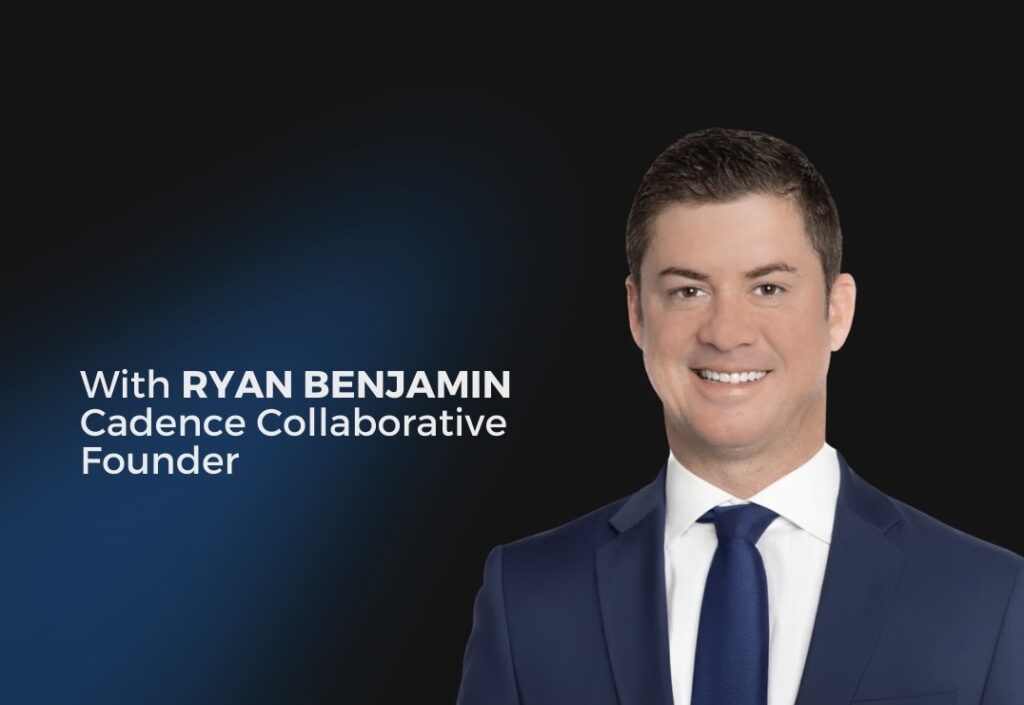You know that feeling when something seems so simple, you stop questioning it? Like, “Of course this is an office visit—why overthink it?”
Welcome to POS 11.
It’s the place of service code that flies under the radar because it’s so common. So assumed. So… obvious.
But here’s the twist: when you treat it like a no-brainer, you start missing the nuance that actually matters. Reimbursement rates. Compliance flags. Denials that don’t make sense—until you realize POS 11 was never the right fit.
Whether you’re a seasoned biller, a practice manager juggling all the things, or a provider just trying to make sense of what happens after you hit “submit,” this is your complete guide to understanding POS 11—and how to use it like a pro.
We’re not talking theory. We’re talking real-world clarity across every layer of medical billing—from claim strategy to payer expectations—guided by what we’ve seen work inside high-performing operations.
At Cadence Collaborative, we know that overlooked billing details can lead to unnecessary friction, and we believe that when teams understand how POS coding really works, everything downstream runs smoother.
Let’s break it down.
What Is POS 11, Really?

The Quick Definition
POS 11 stands for “Office” — a code used on claims to indicate that the service was provided in a physician’s or group practice office, not a hospital or outpatient facility.
But that’s just the start. Because not all “offices” are created equal in the world of billing.
The Official CMS Description
Place of Service Code 11: Office – Location where health professionals routinely provide evaluation and management services.
It sounds simple, but the keywords here are:
- “Health professionals” – not just physicians
- “Routinely” – not a one-off consult space
- “Evaluation and management services” – not procedural-only, not hospital-based
Just being in a building with a front desk and waiting room doesn’t make it POS 11. What matters is:
- Who owns the practice?
- Is it independent or hospital-affiliated?
- What’s the billing structure?
- Are you responsible for the facility infrastructure?
If it’s privately owned and operated by the provider (not a hospital or health system), and services are rendered there routinely, then POS 11 is the right fit.
POS 11 and Reimbursement: Why It Pays to Get It Right
POS 11 doesn’t just indicate where care was provided. It directly impacts how much you get paid.
Insurance companies—including Medicare—reimburse services differently depending on where they were delivered.
The same CPT code billed in a hospital setting (POS 22 or 21) will often pay less to the provider than that same code billed in an office setting (POS 11).
And that’s not a mistake. It’s baked into the system.
Non-Facility vs. Facility Rate: What’s the Difference?
Most payers (especially CMS) distinguish between two types of fee schedules:
| Rate Type | Applies To | Includes |
| Non-Facility Rate | POS 11 (Office) | Physician services + overhead + supplies |
| Facility Rate | POS 22, POS 21, etc. | Only physician services (facility bills rest) |
So, when you bill under POS 11, you’re essentially telling the payer:
“I’m responsible for the full patient experience—staff, equipment, utilities, space, and more.”
And for that, you get paid more.
When billed under POS 22, the hospital submits a separate facility claim for those overhead costs, so your professional fee is reduced accordingly.
Real-World Example
Let’s say you’re billing a level 4 E/M visit (CPT 99214):
- POS 11 (Office) – Paid at $135
- POS 22 (Outpatient Hospital) – Paid at $105
That’s a $30 difference per visit. Multiply that by 20 patients a day, 5 days a week—and you’re looking at thousands in lost revenue if POS 11 is incorrectly swapped for a facility code.
The Risk of Undercoding
Some providers, especially those in hospital-affiliated outpatient settings, accidentally use POS 11 because it feels like a typical office visit.
But if the clinic is hospital-owned and located on campus, that’s POS 22—not POS 11.
Bottom line: POS 11 is powerful, but only if it’s accurate.
How Does POS 11 Actually Work?
So you’re thinking: “If I see patients in a building that looks like a medical office, that’s POS 11, right?”
Not necessarily.
POS 11 is as much about the structure behind the scenes as it is about the setting itself. Here’s what determines whether POS 11 is the right code:
Key POS 11 Criteria
- Provider Ownership:
The practice is owned by a physician or physician group, not by a hospital or health system. - Office-Based Care:
Services are provided on-site in a traditional office setting, not in a wing of a hospital or outpatient department. - No Facility Fee:
The provider bills only one claim—the professional fee. There’s no separate facility fee or split billing involved. - Independently Staffed and Supplied:
The provider supplies their own support staff, equipment, utilities, and space.
Who Should Use POS 11?

Independent Practices
If you’re an independent primary care provider, specialist, or behavioral health professional seeing patients in your own practice space, POS 11 is your go-to.
This includes:
- Solo practices
- Group medical offices
- Privately owned clinics
- Mobile clinics (if operated independently and not hospital-owned)
Important: This excludes providers working in a space leased or owned by a hospital, even if it “looks like” a regular clinic.
What If the Practice Is Hospital-Owned?
Here’s where it gets tricky.
If your practice is hospital-owned and located on the hospital’s main campus, you’re likely billing under POS 22 (On-Campus Outpatient Hospital).
If you’re off-campus but still hospital-owned, it’s probably POS 19.
Why does this matter?
Because using POS 11 when you should be using POS 22 (or POS 19) may lead to:
- Claim denials
- Audit exposure
- Reimbursement take-backs
Payers—especially Medicare—track this closely. If they see a hospital submitting a facility claim while you bill POS 11, it raises red flags.
Is There Ever a Gray Area?
Yes—and that’s exactly where many billing teams get stuck.
Examples of gray zones:
- A physician group rents space inside a hospital but operates independently
- A practice is acquired by a hospital system but hasn’t changed billing structure yet
- A provider sees patients part-time in both private and hospital-affiliated offices
Best practice: Confirm the legal ownership, payer contract terms, and physical location status before assigning POS 11.
Common POS 11 Mistakes (And How to Avoid Them)
While POS 11 might seem like the most straightforward code in the book, its simplicity is exactly what makes it so easy to misuse.
Many billing teams and providers treat it as the default option for any outpatient visit, but that assumption can lead to significant revenue loss, claim denials, and compliance issues.
Below, we unpack the most common errors associated with POS 11 and how to prevent them from disrupting your billing workflows.
Mistake #1: Using POS 11 for Hospital-Owned Clinics

Why does it happen?
Clinicians and billing staff often assume that any office-like environment qualifies as POS 11.
If the visit takes place in an exam room, involves a single provider, and includes routine evaluation and management, it feels like an “office” service.
Why it’s a problem:
Ownership and operational structure matter more than physical appearance.
If the practice is owned or operated by a hospital or health system—even if it looks and feels like a traditional office—it likely requires POS 22 (on-campus) or POS 19 (off-campus).
Using POS 11 in these scenarios can result in payment discrepancies, overpayment audits, or denials from payers who cross-check the location with institutional claims.
How to avoid it:
Always verify the legal ownership of the practice location. Train your staff to differentiate between hospital-affiliated departments and independently operated clinics.
Include this information in your scheduling, credentialing, and billing SOPs to reduce human error.
Mistake #2: Billing Under the Non-Facility Rate Without Supporting Documentation
Why does it happen?
When providers bill under POS 11, they’re entitled to the non-facility (higher) reimbursement rate.
However, that higher rate comes with the assumption that the provider is covering all associated overhead—rent, staff, supplies, utilities, etc.
Why it’s a problem:
If an audit reveals that those resources were actually provided by a hospital or health system, the claim could be flagged as improperly coded.
Worse yet, payers may consider it an overpayment and request recoupment or initiate further investigation into other claims.
How to avoid it:
Ensure your billing aligns with operational realities. If the space, staff, or equipment is subsidized or owned by an institution, use a facility-based POS code. Document your practice’s financial and operational independence clearly in compliance files, and revisit payer contracts annually to validate fee schedule expectations.
Mistake #3: Inconsistent POS Coding Across Multi-Site Practices
Why does it happen?
Providers who split their time between multiple locations often use the same POS code across all encounters for simplicity.
If one office is independent (POS 11) and the other is hospital-owned (POS 22 or 19), that discrepancy can go unnoticed, especially in high-volume environments.
Why it’s a problem:
Inaccurate POS coding across sites creates mismatches between provider claims and institutional claims, especially for large payer systems that consolidate data.
This can lead to rejected claims, flagged inconsistencies, and payment delays.
How to avoid it:
Set up clear location profiles in your EHR and billing software. Each location should have a default POS code based on its ownership and operational status.
Educate providers and staff on the importance of selecting the correct location for each encounter, and establish routine audits to confirm accuracy.
POS 11 vs. POS 22 vs. POS 19: What’s the Real Difference?
On paper, POS 11, POS 22, and POS 19 can all describe outpatient visits. And in many cases, the patient experience looks identical—same provider, similar services, same length of visit.
But to payers (and auditors), these codes represent very different billing scenarios, with different reimbursement models, risk levels, and documentation expectations.
POS 11 – Office (Independent)
Best for:
Privately owned or group practices operating outside the hospital system.
Billing model:
- One claim from the provider
- Paid under the non-facility rate, which includes overhead (higher payment)
Compliance considerations:
- Must be fully independent in terms of space, staffing, and resources
- Overuse or incorrect application can lead to overpayments
POS 22 – Outpatient Hospital (On-Campus)
Best for:
Hospital-owned outpatient clinics located on the hospital’s main campus.
Billing model:
- Two claims: one from the provider (professional fee), one from the hospital (facility fee)
- Provider paid under the facility rate (lower payment)
Compliance considerations:
- Misusing POS 11 instead of 22 can trigger audits when hospital also submits a facility claim
- Providers must coordinate closely with institutional billing to avoid duplication or overlap
POS 19 – Outpatient Hospital (Off-Campus)
Best for:
Hospital-owned outpatient departments located away from the main campus.
Billing model:
- Similar to POS 22: split billing with lower facility-based reimbursement to the provider
- Facility submits separate claim for space and resources
Compliance considerations:
- More recent code; introduced to increase billing transparency
- Medicare tracks POS 19 separately from 22, so accurate coding is essential
Strategic Takeaway
| Feature | POS 11 | POS 22 | POS 19 |
| Ownership | Independent | Hospital-owned | Hospital-owned |
| Location | Anywhere (non-hospital) | On hospital campus | Off hospital campus |
| Reimbursement Rate | Non-facility (higher) | Facility (lower) | Facility (lower) |
| Billing Structure | One professional claim | Professional + facility | Professional + facility |
| Audit Risk (if misused) | High | Medium | Medium |
Using the correct POS code isn’t just a compliance checkbox—it’s an essential part of your financial strategy.
If you’re independent, POS 11 preserves the higher reimbursement tied to your operational investment.
If you’re affiliated with a hospital, trying to bill under POS 11 when it’s not appropriate can lead to overpayments, clawbacks, or payer audits.
Final Checklist: Is POS 11 the Right Code?
Use this quick validation list before submitting a claim under POS 11:
- The provider is practicing in a privately owned or independently operated office
- The services are delivered in a non-hospital-affiliated setting
- There is no facility fee or split billing involved
- All overhead costs (space, staff, supplies) are covered by the provider
- The documentation reflects office-based E/M or procedural services
- The EHR or billing system defaults to POS 11 based on accurate site setup
- The staff understands when and why POS 11 applies vs. POS 22 or POS 19
- Payer rules and contracts support POS 11 use for this encounter
If you can confidently check every box, you’re billing POS 11 correctly. If not, it’s time to take a closer look—before the payers do it for you.
Strengthen Your POS Strategy with Cadence Collaborative
Navigating POS codes may seem like a back-office detail, but it directly impacts revenue integrity, audit exposure, and the overall health of your billing operations.
At Cadence Collaborative, we help practices and provider groups:
- Validate POS code logic across sites
- Align billing practices with compliance standards
- Audit internal workflows for accuracy and efficiency
- Train cross-functional teams on payer-specific requirements
If your organization is growing, managing multiple locations, or transitioning between ownership models, ensuring POS coding accuracy is more than a technical necessity—it’s a strategic advantage.
Let’s talk about how we can help you simplify, standardize, and strengthen your revenue cycle.
Contact us today to get started!







